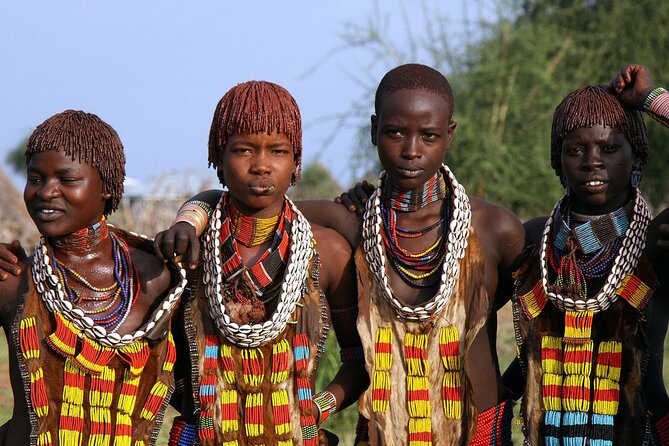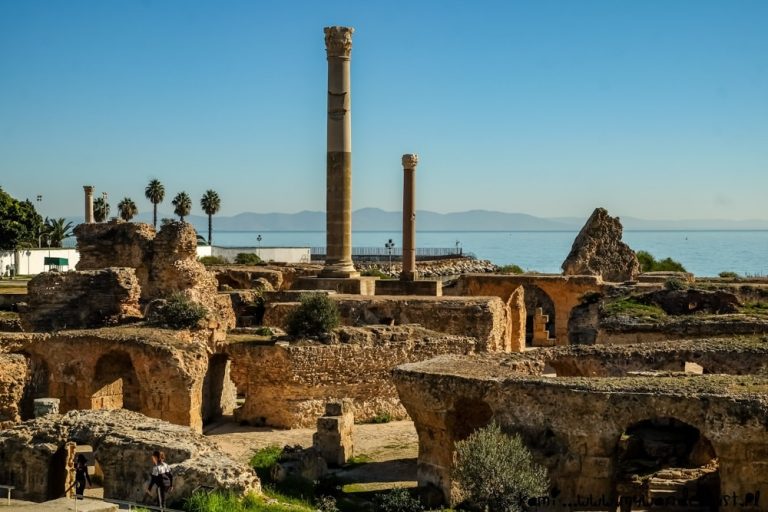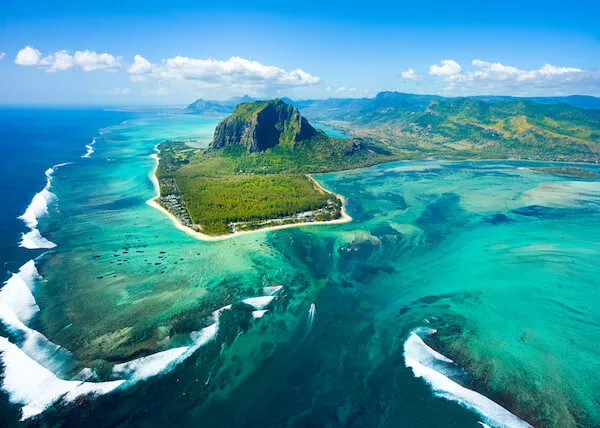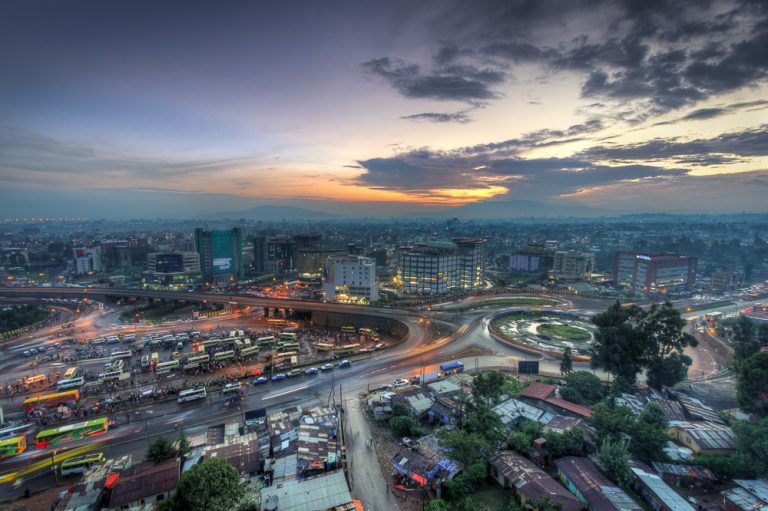Africa is a continent with incredible diversity, and this is especially true in Ethiopia’s Omo Valley. Located in the southern part of the country, this area is home to some of the most unique tribal communities in the world. For centuries, the tribes of the Omo Valley have maintained traditions, languages, and lifestyles that offer visitors a glimpse into the earliest cultural roots of humanity.
For Nigerians who have visited places like Nairobi, Accra, or Cape Town, the Omo Valley provides a fresh experience and a genuine cultural adventure. This trip isn’t just another vacation; it’s a chance to interact with the Mursi, Hamar, Dassanech, Karo, Ari, and others, each with customs that feel like a step back in time.
This guide will help you plan your trip to the Omo Valley, covering visa requirements, flights, itineraries, safety, cultural customs, and what to expect as a Nigerian traveler in Ethiopia’s most culturally vibrant region.
Why the Omo Valley Appeals to Nigerians
You might wonder why a Nigerian traveler would be interested in Ethiopia’s Omo Valley, given Africa’s rich diversity. Here are some strong reasons:
- Cultural Connection Beyond Borders: While Nigeria has over 250 ethnic groups, the Omo Valley tribes have distinct practices like scarification, body painting, and lip-plates that aren’t seen in West Africa.
- Living Anthropology: The Omo Valley is often described as a “living museum of humanity.” For history enthusiasts, visiting here feels like walking through human evolution itself.
- Photography Paradise: If you’re a content creator, blogger, or Instagram user, the tribal attire, painted bodies, and colorful ceremonies provide material that’s perfect for sharing.
- Spiritual Adventure: Experiencing traditional rituals, such as the Hamar bull-jumping ceremony or the Mursi scarification rites, can feel deeply spiritual.
- Unique Travel Flex: Not many Nigerians can say, “I spent two weeks living among the Omo Valley tribes.” It’s a travel story that makes you stand out.
Ethiopian Visa Requirements for Nigerians
Nigerians need to get an Ethiopian eVisa before traveling. Thankfully, Ethiopia has one of the easiest visa systems in Africa.
How to Apply
- Visit the Ethiopian eVisa Portal (www.evisa.gov.et)
- Create an account and complete the application form.
- Upload a scanned Nigerian passport (valid for 6+ months), a recent passport photo and proof of hotel booking or tour confirmation.
- Pay the fee online with a card.
- Wait 3 to 5 working days for approval (often quicker).
Cost:
- Single-entry 30-day visa: $52 (₦78,000).
- Single-entry 90-day visa: $72 (₦108,000).
Other Requirements
- Yellow Fever vaccination certificate (required at the airport).
- Return flight ticket.
- Proof of sufficient funds (a bank statement might be requested).
Flights from Nigeria to Ethiopia
You’ll arrive at Addis Ababa Bole International Airport, the main hub for Ethiopian Airlines.
Airlines Available
- Ethiopian Airlines: Direct flights from Lagos (LOS) or Abuja (ABV).
- Kenya Airways: One-stop via Nairobi.
- RwandAir: One-stop via Kigali.
Flight Cost (Round Trip)
- Economy: $500–$800 (₦750,000–₁,200,000)
- Business: $1,200+ (₦1,800,000+)
Flight Duration
- Direct: 5–6 hours
- With layovers: 8–12 hours
Getting to the Omo Valley from Addis Ababa
The Omo Valley is in Ethiopia’s Southern Nations, Nationalities, and Peoples’ Region (SNNPR), about 500–800 km from the capital.
Option 1: Domestic Flights
Fly from Addis Ababa to Jinka or Arba Minch.
- Airlines: Ethiopian Airlines (daily flights).
- Cost: $150–$250 (₦225,000–375,000).
- Duration: 1–2 hours.
Option 2: By Road
Overland tours take 2–3 days with overnight stops.
- Popular route: Addis Ababa → Arba Minch → Turmi → Jinka.
- Cost: $100–$200 (₦150,000–300,000).
- Duration: 10–12 hours of driving each day.
Pro tip for Nigerians: Roads can be bumpy, so pack snacks, bottled water, and motion sickness tablets.
Where to Stay in the Omo Valley
Accommodation ranges from basic guesthouses to eco-lodges. Don’t expect 5-star luxury everywhere, this is remote Ethiopia.
- Budget Guesthouses: $15–$30 (₦22,500–45,000) per night.
- Mid-Range Lodges: $50–$80 (₦75,000–120,000).
- Luxury Eco-Lodges: $120–$250 (₦180,000–375,000).
Popular Stays
- Eco Omo Lodge (Jinka)
- Paradise Lodge (Arba Minch)
- Turmi Lodge (Turmi)
- Buska Lodge (Turmi, mid-range)
Meeting the Tribes
Here are some notable tribes Nigerians can meet:
1. Mursi Tribe (Jinka Area)
- Known for lip-plates worn by women.
- Men practice scarification to show bravery.
Caution: They may ask for small tips ($2–$5, ₦3,000–7,500) for photos.
2. Hamar Tribe (Turmi)
- Famous for the bull-jumping ceremony, where young men demonstrate adulthood.
- Women dance with bells and beadwork.
3. Dassanech Tribe (Omorate)
- Recognized for their intricate hairstyles and crocodile river rituals.
- Located near Lake Turkana, close to Kenya.
4. Karo Tribe (Lower Omo River)
- Skilled in body painting with chalk and ash.
- Creative designs for ceremonies and rituals.
5. Ari Tribe (Jinka Highlands)
- Farmers and blacksmiths.
- Known for Ethiopia’s traditional coffee ceremony.
Cultural Etiquette for Nigerians
- Ask Before Taking Photos: Some tribes do not appreciate unsolicited photography.
- Offer Respectful Tips: Small amounts are welcomed (₦3,000–5,000).
- Don’t Mock Traditions: Lip plates or scarification may seem unusual, but respect is essential.
- Learn Basic Phrases: Simple Amharic greetings like “Selam” (hello) can help break the ice.
- Dress Modestly: Women should avoid very revealing outfits.
Food in the Omo Valley
Ethiopian cuisine is distinct and communal. Expect spicy stews and sour flatbreads.
Must-Try Foods:
- Injera: Spongy flatbread.
- Doro Wat: Spicy chicken stew.
- Kitfo: Minced raw beef (similar to tartare).
- Shiro Wat: Lentil stew.
- Ethiopian Coffee Ceremony: Served in clay pots, accompanied by popcorn.
Costs:
- Street food: ₦3,000–6,000
- Local restaurants: ₦9,000–15,000
- Lodge dining: ₦15,000–30,000
Best Time to Visit
- Dry Season: June–September, December–February (better roads, festivals).
- Rainy Season: March–May, October–November (lush landscapes, but muddy roads).
Safety Tips for Nigerians
- Travel with licensed guides and local translators.
- Don’t display expensive gadgets.
- Be cautious of scammers posing as “tour operators” online.
- Carry enough Ethiopian birr (local cash); ATMs are rare in villages.
- Get vaccinated: Yellow Fever (mandatory), Typhoid, Hepatitis A, and Malaria prophylaxis.
Sample 10-Day Itinerary
Day 1–2: Fly from Lagos to Addis Ababa and explore the city.
Day 3: Fly or drive to Arba Minch and visit Dorze village.
Day 4–5: Go to Turmi to meet the Hamar tribe and attend bull-jumping if possible.
Day 6: Visit the Dassanech tribe at Omorate.
Day 7: Explore the Karo tribe along the Omo River.
Day 8: Travel to Jinka to meet the Mursi tribe.
Day 9: Visit the Ari tribe and participate in a coffee ceremony.
Day 10: Return to Addis Ababa and fly back to Lagos or Abuja.
Budget Breakdown (10 Days)
- Visa: ₦78,000
- International Flights: ₦750,000–1,200,000
- Domestic Flights/Transport: ₦225,000–375,000
- Accommodation: ₦225,000–900,000
- Food: ₦90,000–150,000
- Tour Package (Guide, Car, Permits): ₦1,050,000–3,000,000
- Miscellaneous (souvenirs, tips): ₦75,000–120,000
Total Estimate (10 Days): ₦2,493,000 – ₦5,823,000
The Omo Valley is not a luxury vacation—it’s a cultural journey that tests patience, humility, and adaptability. However, for Nigerians seeking experiences beyond the ordinary, traveling to Omo Valley offers one of the richest cultural exchanges in Africa. You’ll come back with great photos, but more importantly, with memories of people who show us Africa’s living heritage and the many aspects of our shared humanity.






Leave a Comment